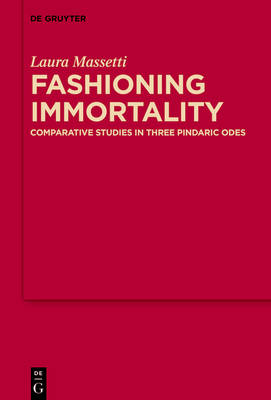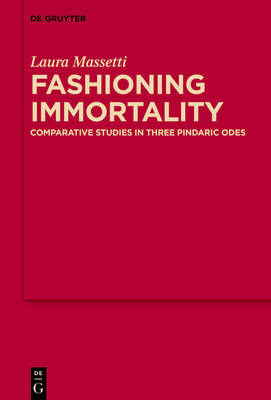
- Retrait gratuit dans votre magasin Club
- 7.000.000 titres dans notre catalogue
- Payer en toute sécurité
- Toujours un magasin près de chez vous
- Retrait gratuit dans votre magasin Club
- 7.000.0000 titres dans notre catalogue
- Payer en toute sécurité
- Toujours un magasin près de chez vous
Description
The book is an interdisciplinary study on Pythian Three, Nemean Three and Nemean Five, three Pindaric epinicians, which share a special use of the word τέκτων, 'fashioner'. In these victory odes, the term τέκτων refers to creators of immaterial objects and occurs close to the first and/or the final words of the poems, in connection with key themes, namely: health, poetry, choral performance, movement as opposed to stasis.
The study shows that structures in which Pindaric metaphors are found have parallels in Indo-European languages of ancient attestation: Old Indic and Avestan. In doing so, the book casts new light on Pindar's language and the stylistic features of his odes, which are in a relation of historical continuity with phraseological and structural characteristics of religious hymns of Ancient India and Iran. The study reveals that *tetƙ-metaphors and "*tetƙ-compositions", i.e. metaphors and ring-compositions built by means of repetitions of "*tetƙ-words" (Vedic takṣ, Avestan tas, and Greek τέκτων), have a deep meta-thematic relevance in three linguistically related traditions and are an inherited phraseological stylistic feature common to Ancient Greek and Indo-Iranian poetic creations.T
Spécifications
Parties prenantes
- Auteur(s) :
- Editeur:
Contenu
- Nombre de pages :
- 330
- Langue:
- Anglais
- Collection :
- Tome:
- n° 20
Caractéristiques
- EAN:
- 9783119147699
- Date de parution :
- 14-02-26
- Format:
- Livre relié
- Format numérique:
- Genaaid
- Dimensions :
- 155 mm x 230 mm

Les avis
Nous publions uniquement les avis qui respectent les conditions requises. Consultez nos conditions pour les avis.






